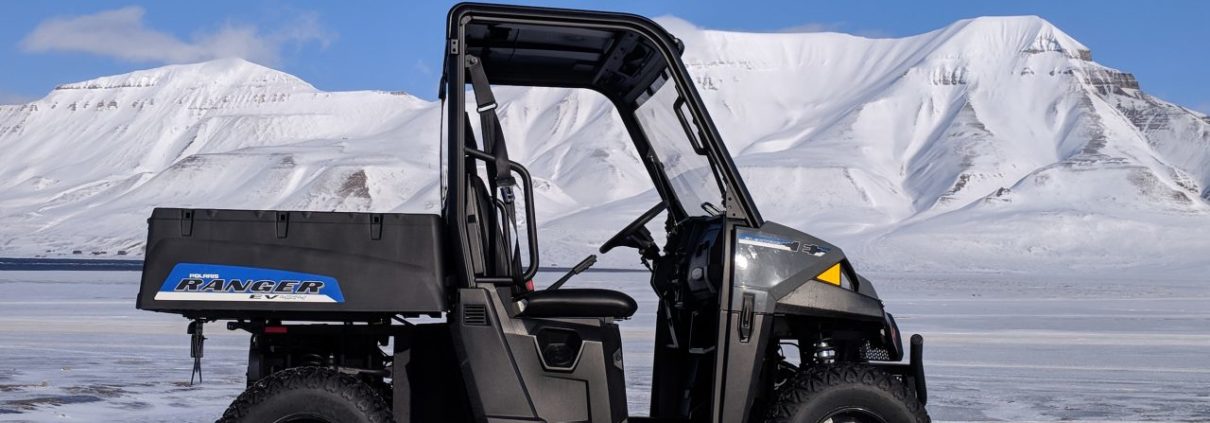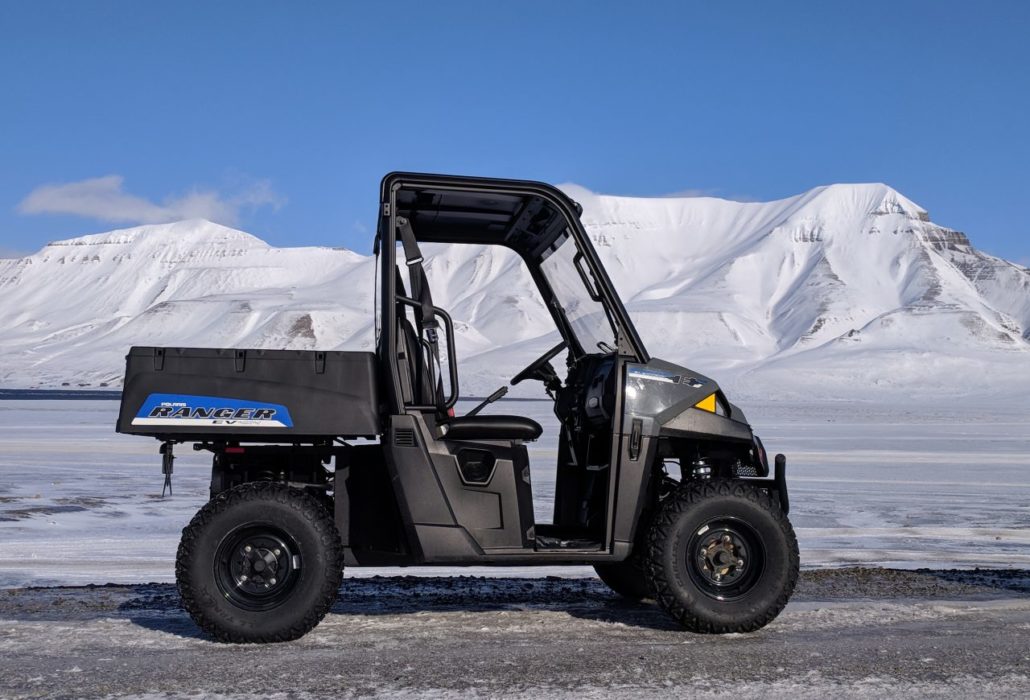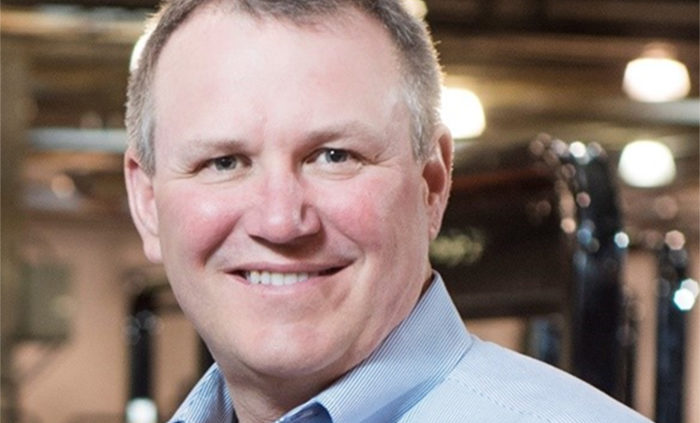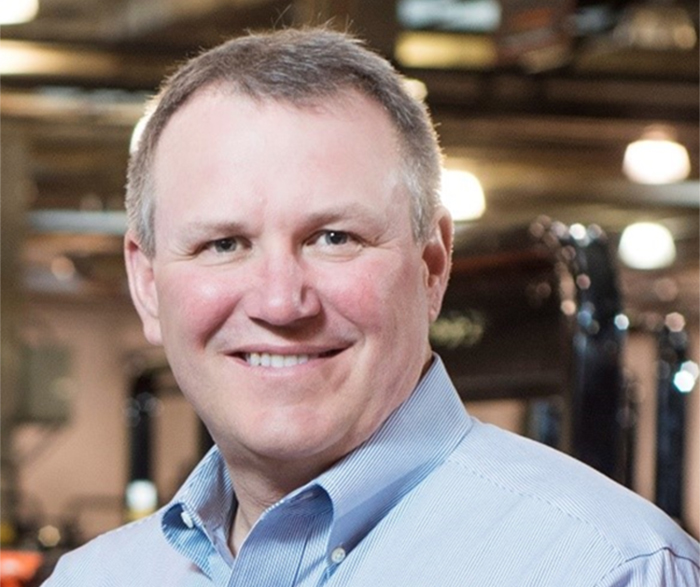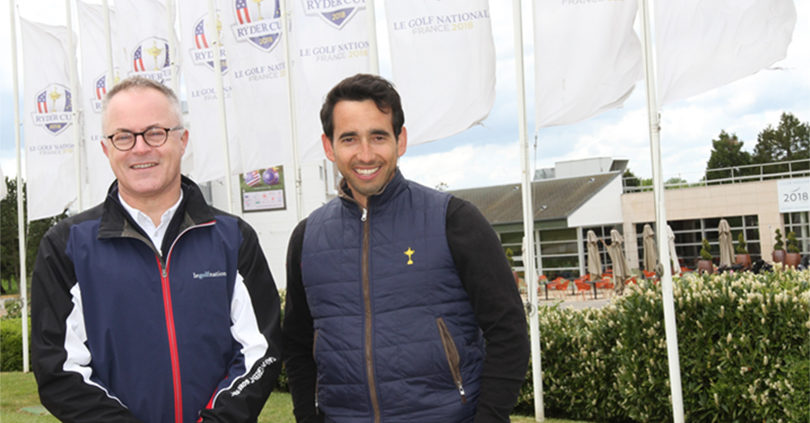Get Ready: The Ryder Cup is looming. Turf Matters pitches some questions to key people in the run up to the big event.
ALEJANDRO REYES
Golf Courses and Estate Manager, Le Golf National
What is the biggest compliment you have had about the venue?
I don’t know if it is the biggest compliment, but I remember one during the 2014 French Open. Sky Sports were talking about long putting on the first green, and the commentator said, “these greens are as pure as they can be.” I saw this and took a video of it with my mobile phone, which I still have to this day. I was very proud of that comment!
What will be the most rewarding thing for you regarding hosting the Ryder Cup?
I’m looking forward to Sunday afternoon of the Ryder Cup, once the last putt has been made. Everyone will be happy with the set-up and hopefully we will have a good week. The main thing is that our staff, the organisation and the players are all happy and proud of the job that we have done – that will be the most rewarding thing.

How do you cope with the pressures of hosting such a prestigious event?
At this point in time, I don’t have too much pressure. As I always say, I sleep very well; I don’t get under pressure easily. Any pressure I do have is usually not to do with the tournament, so I just try to enjoy every moment here with the team.
What helped you make the decision to pick Jacobsen over the other big names?
Service, tournament support and the security that we already had with Jacobsen. This course was Jacobsen since 2011, and when we were doing the bidding process for the Ryder Cup in 2015, security and trust were the biggest factors. We receive fantastic tournament support from Jacobsen every year for the French Open, and that’s what we wanted for the Ryder Cup. We were just delighted with the quality of the mowers, and we trust in them to produce top quality surfaces. For us, it was an easy choice.
What is your favourite Jacobsen machine and why?
My personal favourite is the Eclipse 2 greens mower, the 122 model (pictured left). We use 15-blade cutting units, and I really like the groomer attachment. We are also able to easily adjust the frequency of cut with just one button, and the reliability is fantastic- great mower.
I am also a big fan of the Jacobsen fairway mowers. We are going to have the new SLF530 super lightweight fairway mowers for the Ryder Cup; I am impressed with what I have seen so far and the team is looking forward to mowing with them this summer.
What has been your career’s biggest challenge before you came to Le Golf National?
Without a doubt, it was when I was 25 years old. I got my first golf course superintendent position at a Jack Nicklaus signature course in the south of Spain. I had a lot of education and experience, but it was a huge challenge. It’s hard when you are so young and you have to make your own decisions for the first time, that was a lot of pressure! Managing a team for the first time was difficult as well, it’s very easy to make mistakes when you lack experience of management, but it was a great learning curve and it made me a better person for it.
Are you keeping the blanket cut or going back to the diamond cut on the fairways for the Ryder Cup?
We are going to cut the fairways all one way.
It will probably be tee to green.
PAUL ARMITAGE
General Manager, Le Golf National
What brought you to Le Golf National and how long have you been here?
I got the job at Le Golf National in May 2014, and started in September 2014. When I saw this job come up, I couldn’t let the opportunity pass me by, so I decided to apply for it; it’s the kind of job that comes up once in a blue moon. I’ve been working in France for more than 20 years now, mainly in the golf industry. This role seemed like a natural career progression, and the prospect of being involved in hosting the 2018 Ryder Cup, and the Olympic golf competition in 2024 is very exciting.
Biggest challenge you’ve faced during your time here and how did you overcome it?
The biggest challenge was to change the culture and the mindset of the club. Le Golf National is 25 years old now, and there were a lot of habits and routines to shake up when I arrived. I wanted to focus the staff on the fact that we are a Ryder Cup destination, the fact that our customers expect high standards and the fact that we have one of the best golf courses in the world. I needed them to realise that we had to achieve those high standards every single day.
What does it mean to Le Golf National and to France to be hosting the Ryder Cup this year?
For Le Golf National, it’s an honour and a privilege to be hosting the Ryder Cup. However, without the tenacity of the French Golf Federation throughout the bidding process and all the way now, we couldn’t do it alone, so all credit must go to them. For the country, it is a huge deal. Pascal Grizot, who is the president of the France 2018 Ryder Cup committee did a fantastic job of accomplishing his vision of bringing the Ryder Cup to France and gaining support from the government as well as local support. Pascal made it into a nationwide bid. You can feel the excitement in the media around the event. With the announcement of Tiger Woods as the US team vice-captain, there’s an even bigger buzz, and the enormity of the event really hits home. It’s very exciting, and a huge honour to be involved.
What is the best piece of advice you could give to anyone wanting to become a General Manager at a golf club?
You must love people. It’s not enough to be a passionate golfer, you must have the customer service skills and the ideas and drive to grow the business. It’s important to communicate well with staff, and to motivate them, and it also helps to take time out to speak with customers and ask if they’ve enjoyed their experience.
How does your relationship with Jacobsen benefit the club? What is your attitude when it comes to turf maintenance equipment?
We have a very long and happy relationship with Jacobsen; we have used the brand at Le Golf National for a very long time. To be able to keep the agreement in place, and develop it even more, throughout the Ryder Cup is a huge bonus for us. The golf course is the most important thing, and if you look at some of the remarks on social networks, the standard of the greens, tees and fairways comes out on top, and is commended time and time again. Without the correct resources, we can’t do that. The turf maintenance equipment is key, and we are very happy with the Jacobsen kit, and so are the greenkeeping team we have here.
Can you describe a typical day for a General Manager?
No. Every day is different. That’s what makes it so much fun. At Le Golf National, we have three different courses, which offer a diverse offering to our customers. In turn, there is a lot of variety and different aspects to my job. With the Ryder Cup, the 2024 Olympic Games, the French Open, Paris Legends, and other events like that, it adds another dimension, so no two days are the same!
What do you do when you’re not working?
I love eating, sleeping, drinking red wine, spending time with my family, and cooking!
What’s your favourite Ryder Cup moment?
The miracle at Medina. I got to the golf course early on Sunday morning, slightly depressed about the scores and the task Europe faced. However, there was something about the golf course that morning – it was chilly, windy, and there was nobody there. There weren’t many Americans there, and everybody was supporting Europe. To experience that day at Medina and see that European team turn things around and win the Ryder Cup was amazing.



